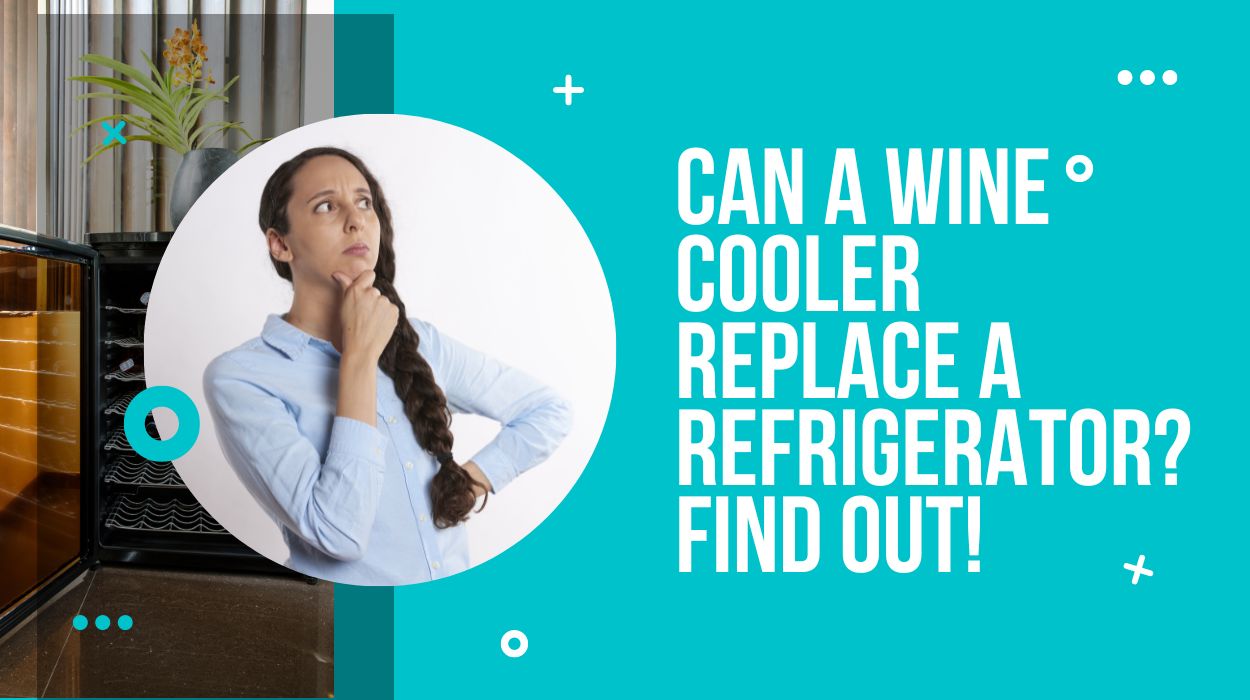So you have a party at your home, and for that, you need to stock up on food in your fridge. However, your fridge doesn’t have enough space, which makes you wonder if you could use your wine cooler as a refrigerator.
Okay, the answer is – it varies according to different foods. This is because the temperature setting and humidity levels are different for every food.
US Food and Drug Administration states that the ideal temperature for food storage is 40°F. Since the lowest temperature in a wine cooler is around 46-50° F, it is very warm for storing most of the foods.
Don’t go anywhere because, in this article, we will answer all your questions regarding using your wine cooler as a refrigerator.
Can a Wine Cooler Be Used as a Refrigerator for Food, Beer, etc.?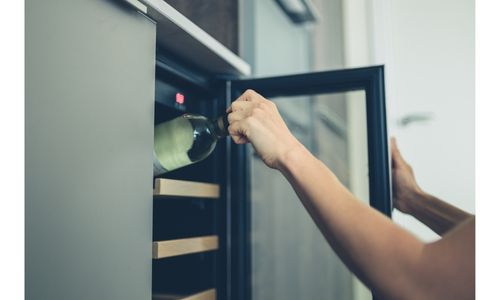
Often, people think that a wine cooler functions just like a refrigerator. However, both appliances aren’t the same.
The main difference between both appliances is that they have a temperature range.
Most foods have an ideal storage temperature for maintaining their quality.
For example, dairy products need colder temperatures for preservation, while wine is best stored at warmer temperatures.
Therefore, storing wine in a regular refrigerator can deteriorate its quality. Similarly, keeping food in a wine cooler will make it stale.
Stay tuned because later in our article, we will also inform you what foods can be kept in a wine cooler.
Standard Refrigerators Vs. Wine Coolers
Here’s a quick comparison between the features of a standard refrigerator and a wine cooler.
| Standard Refrigerators | Wine Coolers |
| Keep the food & drinks cold and dry. | Are warmer than regular refrigerators. |
| Operate at around 40°F. | Operate at around 52°F-60°F. |
| Have separate compartments, shelves, and trays. | Have different compartments for storing different types of wines. |
| Have a freezer at the top/bottom for storing meats, ice cubes, ice cream, etc. | Function in a high humidity environment to keep the wine and the corks damp. |
| Come in different sizes – from compact to large, double-door refrigerators. | Have a compact size. |
| Are relatively cheaper. | Are more expensive than refrigerators. |
| Consume less electricity. | Consume less electricity. |
Standard Refrigerators
The main features of standard refrigerators are:
- They keep the food and beverages cold and dry.
- They operate at around 40°F to prevent food from spoiling.
- They have separate compartments, glass shelves for storing vegetables, and an egg tray.
- They have a freezer at the top/bottom for storing meats, ice cubes, ice cream, etc.
- They come in different sizes – from compact to large, double-door refrigerators.
- They are cheaper as compared to most wine coolers.
- They relatively consume more power and can thus increase your electricity bill.
Wine Coolers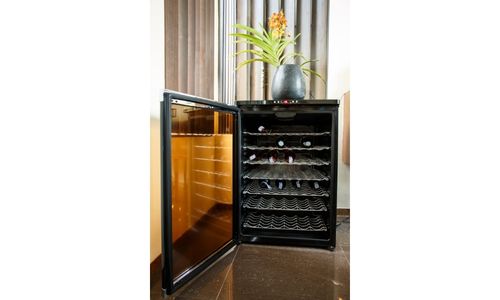
The main features of wine coolers are:
- They are warmer than regular refrigerators (their temperature range doesn’t go beyond 46°F).
- They operate at around 52°F-60°F to preserve wine.
- They have different compartments for storing different types of wines. For example, there is a warm compartment for strong wines and a cold compartment for light wines.
- They operate in a high-humidity environment to keep the wine and the corks damp. Otherwise, air can enter a dried cork and spoil the smell and taste of wine.
- They have a compact size.
- They are more expensive as compared to refrigerators (especially the mini ones!)
- They consume less electricity.
Storing Food in a Wine Cooler
Wine coolers are not a good choice for storing food. Why!? Because they operate at a warmer temperature as compared to standard refrigerators. Therefore, if you store your food in a wine cooler, it can get spoiled, which will be the last thing you want.
For example, dairy products like milk, butter, etc., and eggs need to be kept at a temperature of around 40°F.
However, a wine cooler doesn’t reach a temperature below 46°F, so it is too warm for storing food.
Nevertheless, you can still keep some food in your wine cooler. For example, you can use your wine cooler for storing leafy greens like lettuce, coriander, mint, cheese, bread, and even some fruits.
Although you don’t have to refrigerate the fruits, this will help maintain their quality.
Some best fruits you can store in your wine cooler are bananas, apples, pears, grapes, etc.
Author’s Note: Don’t keep foods such as onion, garlic, ginger, etc., in your wine cooler. The reason behind this is that these foods have a very strong odor, and this odor can be absorbed into your wine.
Storing Beer in a Wine Cooler
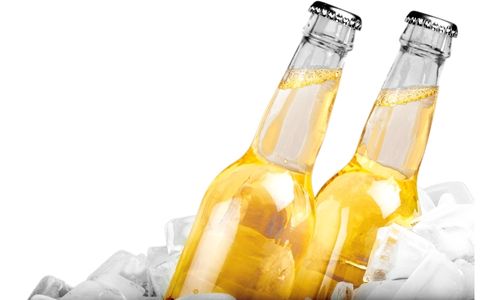
Now that you are aware that you cannot store every food in your wine cooler, you must be thinking if you can still use it to stack up your beer bottles.
But you would be disappointed to know that most of the beers can’t be stored in a wine cooler, except for the lighter ones.
This is because, like foods, beer also has an ideal temperature requirement. Let’s get into more details:
Here are ideal temperature ranges for beer:
- Stronger Beers
Stronger beers such as the red ones have an optimal storage temperature of around 55°F-60°.
- Standard Beers
Standard beers are neither too strong nor too light. They are best stored in a wonderful cooler at a temperature of around 50°F-60°F.
- Light Beers
Light beers have a lower storage temperature requirement than strong and standard beers. They need to be kept at 40°F-50°F. Therefore, you can easily store them in your standard refrigerator.
Do You Need a Separate Wine Cooler for Beers and Wines?
If you’re wondering whether you need a separate wine cooler for beers and wines to adjust the temperature according to requirement, the answer is – No!
Instead, we recommend you invest in a dual-zone wine cooler; it has separate compartments and can operate on different temperature settings.
For example, red wines have a storage requirement of around 58-65°F, and white wines are best at 45-52°F. The lighter the wine, the warmer the temperature must be for storage.
This means you can keep your red wine in a warmer compartment and your white wines in the cooler location of your dual-zone wine cooler.
Not just this! If you’re a wine collector, you can also store and age your wines in a dual-zone wine cooler at the same time – One compartment can be used for storing and the other for aging wine.
Alternative Uses For Wine Cooler
Apart from storing wine, there are many other alternative uses for a wine cooler. Let’s get into more details!
Storing non-alcoholic drinks in a wine cooler
Yes, you can even keep your favorite non-alcoholic drinks in your wine cooler if your refrigerator lacks space.
Some examples of these drinks are: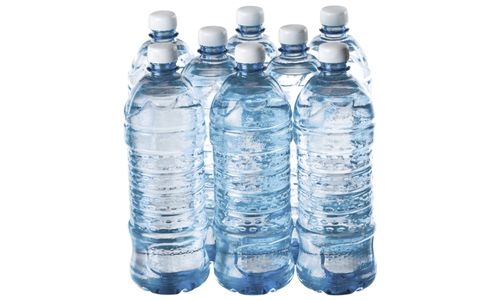
- Water bottles
- Soda
- Lemonade
- Fruit juice
- Mocktails
- Flavoured Water
- Sparkling water
- Iced Tea, etc.
Storing chocolates in a wine cooler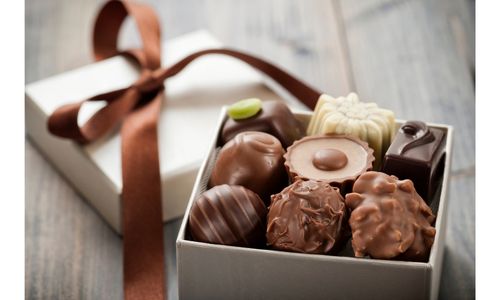
If you love chocolates, you would be delighted to know that a wine cooler can be the best place for keeping your chocolates.
The reason behind this is that the high humidity (70%) level and the regulated temperature in a wine cooler create the perfect atmosphere for your favorite chocolates to cool down.
As a result, it will be easier for you to bring your chocolates to room temperature once you take them out of the wine cooler.
Can I turn my wine cooler into a refrigerator?
Now that you know that you can keep your beverages in your wine cooler, you must be wondering if you could also turn them into a refrigerator.
The answer is – No! Even though a wine cooler can store a non-alcoholic drink, it is not ideal for storing food since it doesn’t get cold enough.
Even the lowest temperature setting in a wine cooler is about 46-50°F, which is too warm for storing foods.
Also, the high humidity levels in a wine cooler can lead to mold growth in your food.
Nevertheless, you can turn your regular refrigerator into a wine cooler, which we will discuss later in our article.
Can you use A mini fridge as a wine cooler?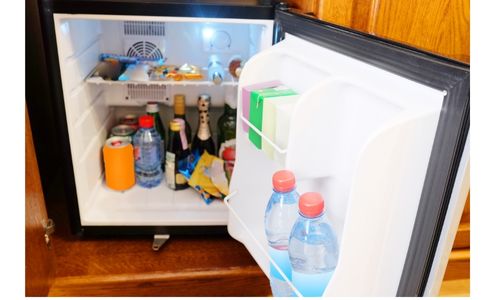
Yes, you can even convert your mini fridge into a wine cooler. Isn’t that good news? Let’s learn how to do that:
- Firstly, you need to purchase a refrigerator thermometer and an appliance timer. You can easily get a refrigerator thermometer in a grocery store, while appliance timers are available in hardware shops.
- Then, you need to connect the power cord of your mini-refrigerator to the appliance timer and the timer into an electric socket.
- Once plugged in, Set the power setting as low as possible and place the thermometer in the mini-refrigerator. Let it operate to get the temperature.
- Once the temperature reaches around 55°F, you can store your wine.
- Also, you need to increase the humidity of your mini-refrigerator. You can do this by keeping a small container of water inside the fridge.
Warning: Due to the vibrations from the compressor, storing wines in this type of mini fridge for a long time can reduce their taste and quality.
FAQs
1. What is the coldest temperature for a wine cooler?
Most wine coolers don’t reach a temperature beyond 46°F. However, this does not indicate that you must store your wine at this temperature for a long time.
The reason behind this is that some wines, like sparkling wines, require a temperature of around 55°F to maintain their quality.
Therefore, storing them at a lower temperature will affect their taste and flavor.
2. How long do wine coolers last?
Generally, wine coolers have a lifespan of around 10-15 years. Nevertheless, how you operate, handle, or set up your wine cooler can also affect its durability.
You must always keep your wine cooler in a dark, cool place.
Moreover, don’t bang its door, don’t leave its door open, and clean it at least every 6 months, to increase its lifespan.
3. Why did my wine cooler stop working?
A broken evaporator may be the most common reason why your wine cooler stopped working.
Moreover, ice build-up and broken or clogged fans can also make your wine cooler stop cooling.
Therefore, we recommend you regularly clean your wine cooler, focusing on the area around the fan to keep it functioning properly.
4. Do wine coolers consume a lot of electricity?
No, wine coolers don’t consume a lot of electricity as compared to regular refrigerators. Usually, wine coolers use around 90-100 watts of electricity.
On the other hand, regular refrigerators consume around 350-800 watts of electricity.
However, the size and type of your wine cooler also affect how much electricity they consume.
Conclusion
In conclusion, both wine coolers and refrigerators are very useful appliances. They perform the same function – keeping the food cool.
However, wine coolers operate at a higher temperature range and a high humidity level as these conditions help retain the taste and quality of the wine.
Nevertheless, you can use your wine cooler to store your non-alcoholic beverages, cheese, leafy greens, and certain fruits. Voila!
You can even convert your mini fridge into a wine cooler by following the steps we mentioned in our article.
What else do you think you can store in a wine cooler? Tell us in the comment box below!
